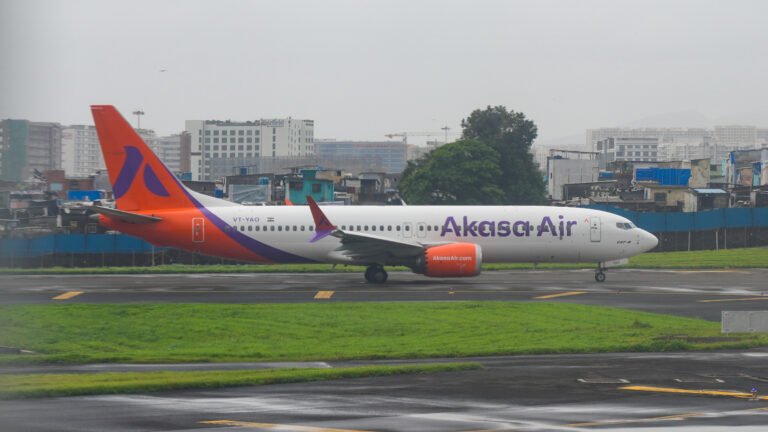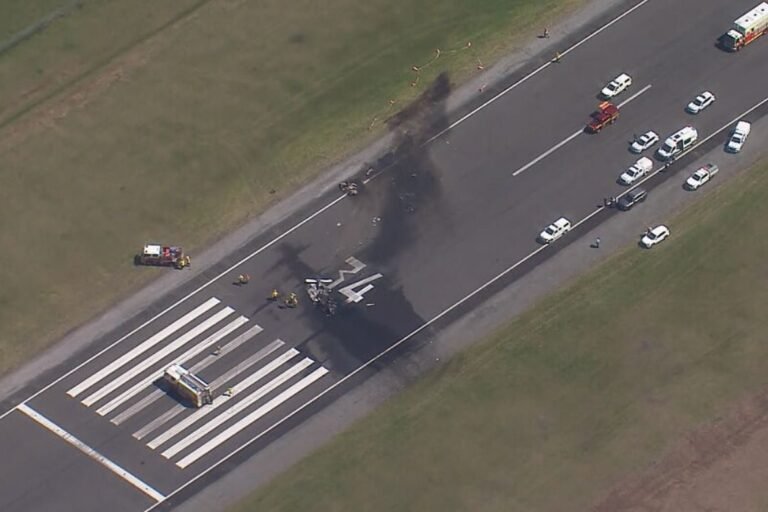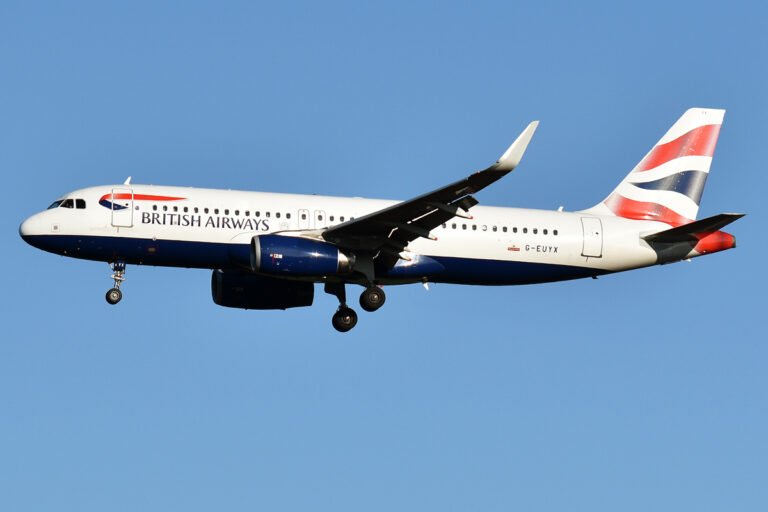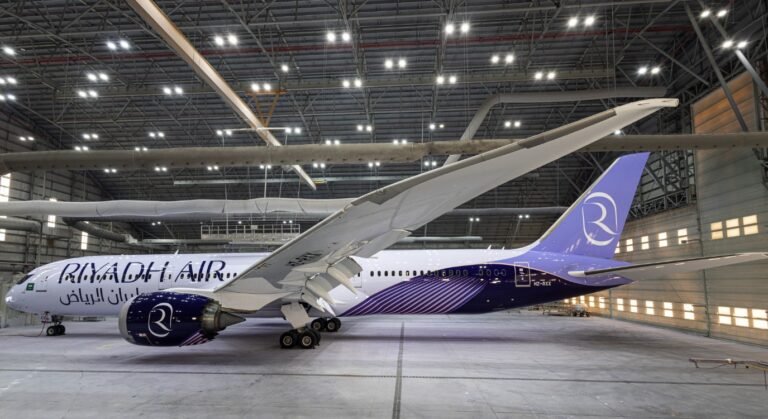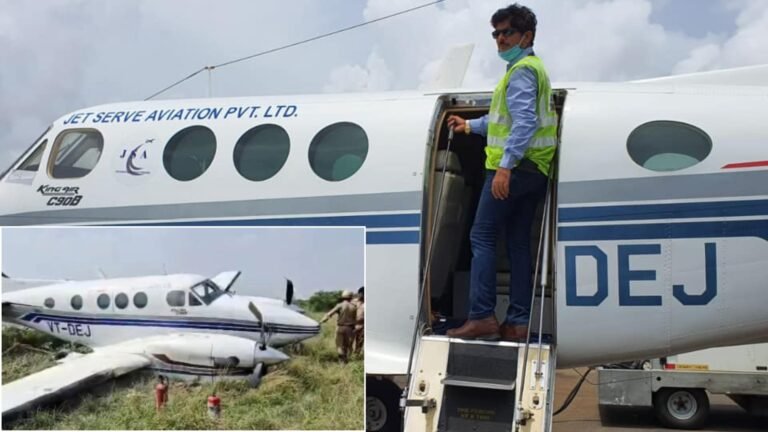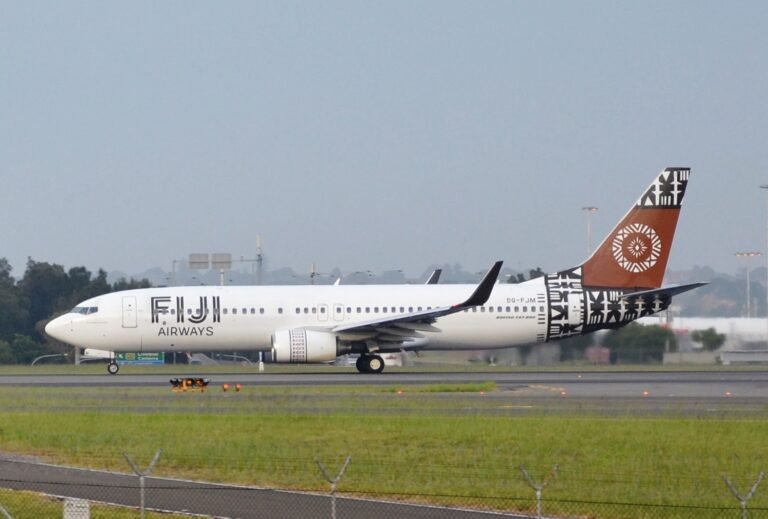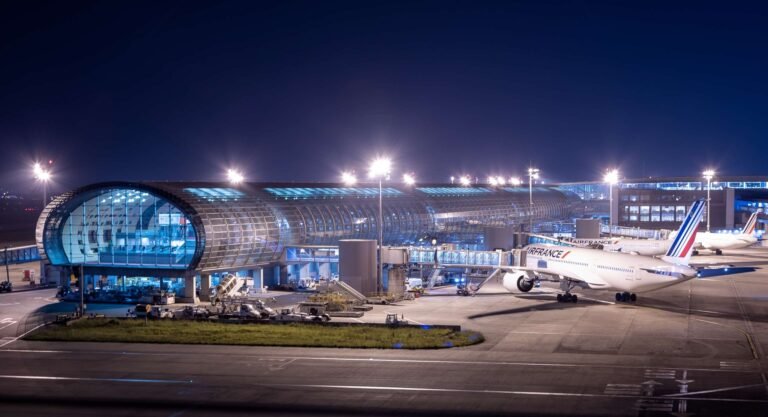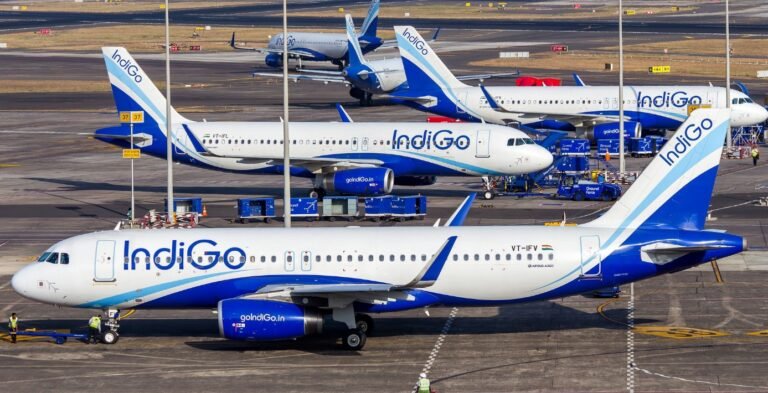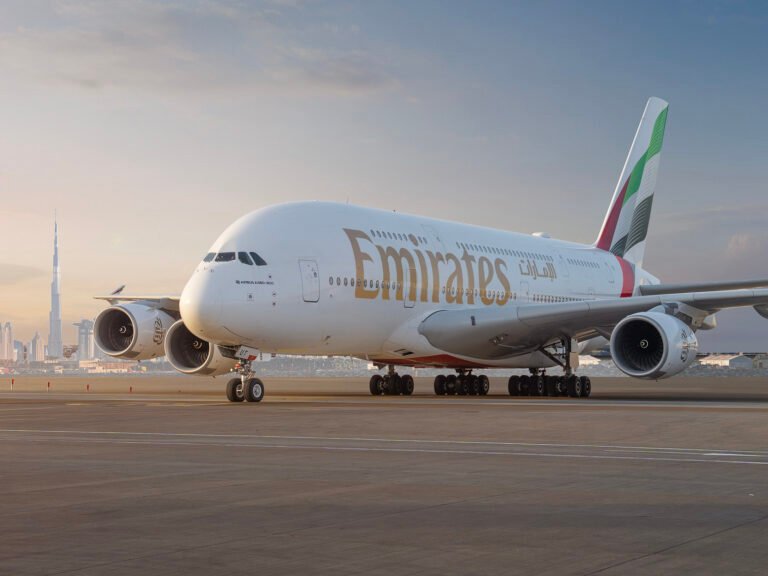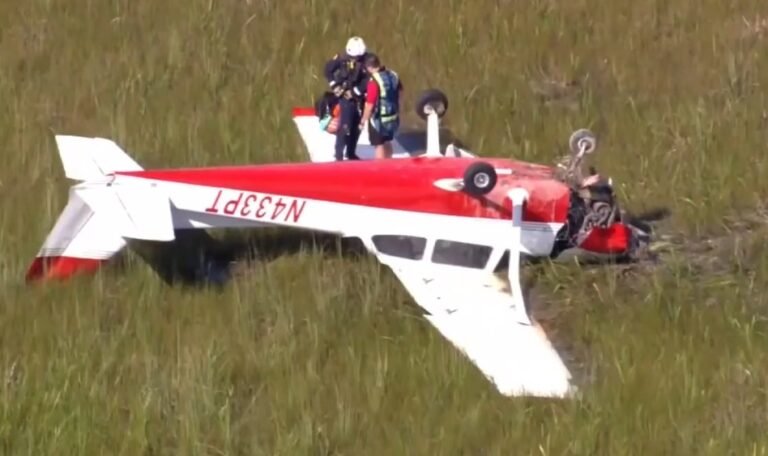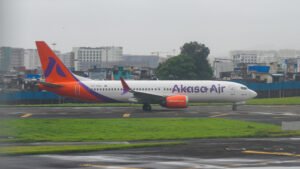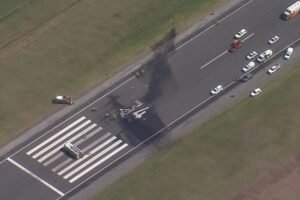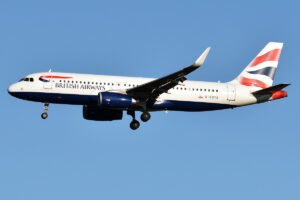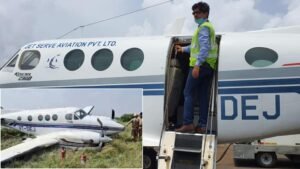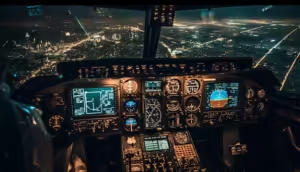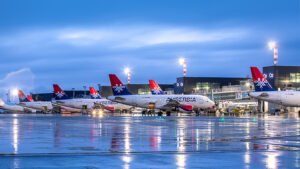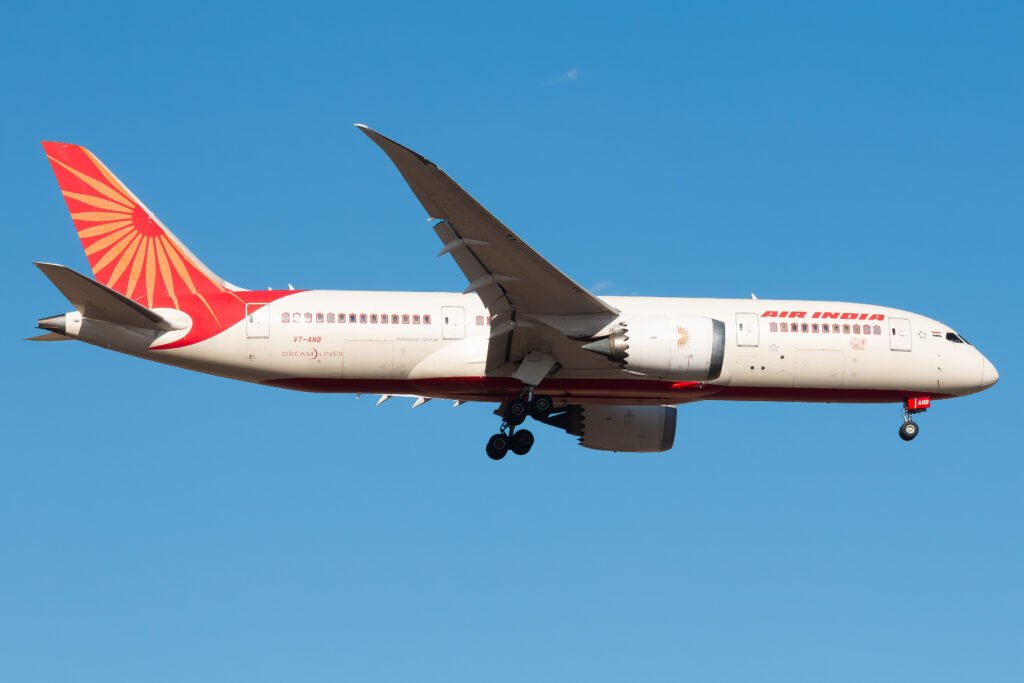
Gujarat, India: The Aircraft Accident Investigation Bureau (AAIB) has released the preliminary report into the crash of Air India’s Boeing 787-8 Dreamliner, registration VT-ANB, which occurred on 12 June 2025 shortly after takeoff from Ahmedabad’s Sardar Vallabhbhai Patel International Airport. The scheduled flight, operating as AI171, was bound for London Gatwick Airport with 230 passengers, 10 cabin crew, and 2 flight crew on board. All 241 persons on board perished in the accident. Additionally, 19 fatalities were reported on the ground.
Aircraft and Crew Information
The aircraft involved was a Boeing 787-8 with serial number 36279, manufactured in 2013, and operated by Air India. Both engines were General Electric GEnx-1B series units, installed in March and May 2025 respectively. The aircraft had a valid Certificate of Airworthiness and had undergone its last Airworthiness Review on 22 May 2025.
The Pilot-in-Command held an ATPL with over 15,638 hours of total flying experience, including 8,596 hours on type. The First Officer held a CPL with 3,403 hours of total flying experience, of which 1,128 hours were on type. Both pilots were based in Mumbai, had arrived in Ahmedabad the previous day, and had met required rest periods. The First Officer was the Pilot Flying for the accident flight.
Sequence of Events
On 12 June 2025, VT-ANB had earlier operated AI423 from Delhi and landed at Ahmedabad at 05:47 UTC. A post-flight defect regarding “STAB POS XDCR” was logged and addressed by on-duty maintenance personnel before the aircraft was released for its next flight.
Flight AI171 was scheduled for departure at 07:40 UTC. The aircraft pushed back from Bay 34 at 07:48 UTC, taxied to Runway 23, and received takeoff clearance at 08:07:33 UTC. The aircraft began its takeoff roll at 08:07:37 UTC.
According to data recovered from the Enhanced Airborne Flight Recorder (EAFR), the aircraft reached V1 at 08:08:33 UTC and rotation speed (Vr) at 08:08:35 UTC. It lifted off at 08:08:39 UTC and reached a maximum recorded indicated airspeed of 180 knots at 08:08:42 UTC.
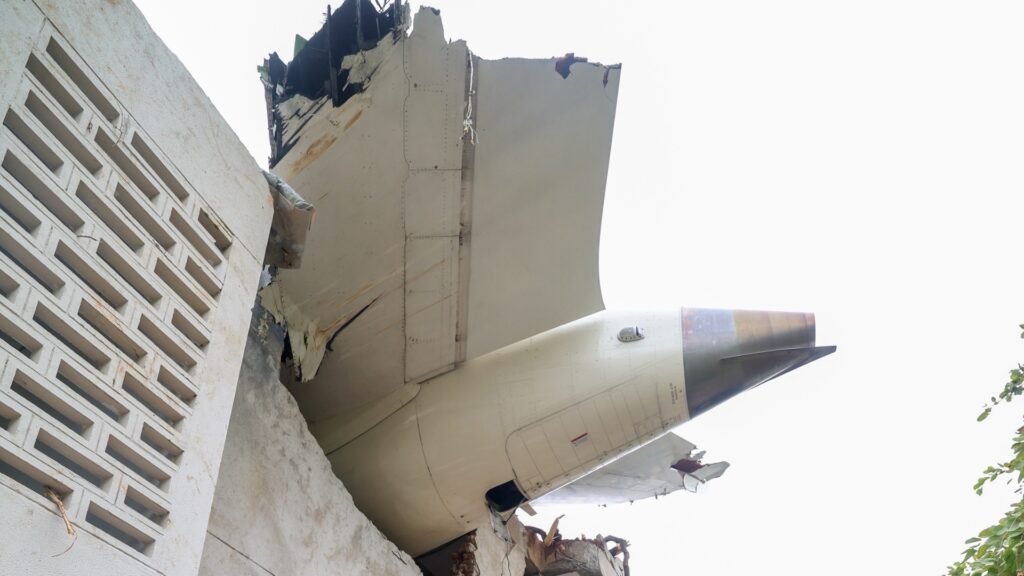
At that moment, both engine fuel control switches, first for Engine 1 and then for Engine 2, with a one-second interval transitioned from the “RUN” to the “CUTOFF” position. The data indicated an immediate decrease in N1 and N2 engine speeds, consistent with fuel supply being cut off.
Cockpit voice recordings captured a pilot questioning the action, with one asking, “Why did you cut off?” and the other responding that he had not. No further verbal conflict or distress was recorded before the power loss.
Power Loss and Emergency Response
The sudden loss of thrust from both engines triggered the deployment of the Ram Air Turbine (RAT), visible on CCTV footage from the airport. The RAT began supplying hydraulic power by 08:08:47 UTC, confirming the engines were no longer providing power.
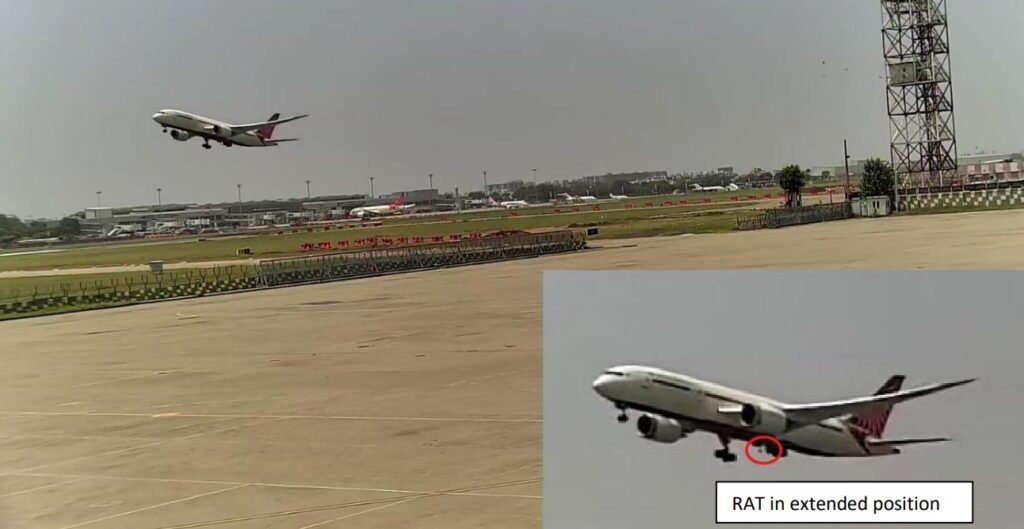
At 08:08:52 UTC, the Engine 1 fuel control switch was moved back to “RUN,” followed by Engine 2 at 08:08:56 UTC. The Auxiliary Power Unit (APU) inlet door also began to open at this time, indicating an automatic start sequence. Both engines attempted relight: Engine 1 showed signs of core recovery, while Engine 2 relit but could not stabilize its core speed.
At 08:09:05 UTC, a MAYDAY call was transmitted by one of the pilots. No further communication was received. The aircraft lost altitude rapidly and crashed into the BJ Medical College hostel complex approximately 0.9 nautical miles from the end of Runway 23.
The impact caused destruction of five buildings and extensive fire damage. All occupants of the aircraft were fatally injured. According to the report, the Emergency Locator Transmitter (ELT) was not activated during the sequence.
Recovery and Wreckage
The wreckage was spread across an area of approximately 1000 feet by 400 feet. The vertical stabilizer, main landing gear, fuselage components, both engines, and nose gear were found at various distances from the initial impact point. The thrust levers were discovered near the idle position, though flight data indicated they were forward (takeoff thrust) until impact. The fuel control switches were found in the “RUN” position post-crash.
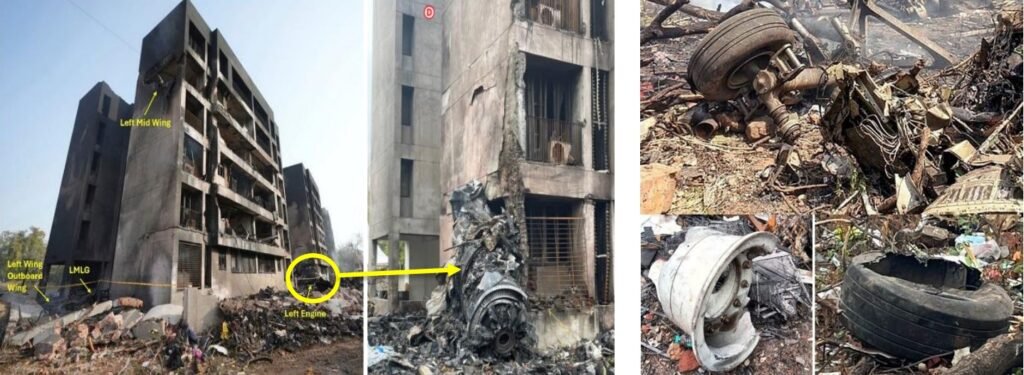
The forward EAFR was successfully recovered and downloaded using equipment supplied by the U.S. National Transportation Safety Board (NTSB). It contained approximately 49 hours of flight data and two hours of audio, including the accident flight. The aft EAFR was too severely damaged to retrieve data.
Ongoing Investigation
The investigation team comprises AAIB India officers, subject matter experts, and international participants from NTSB (USA), Boeing, General Electric, the FAA, and authorities representing nations whose citizens were onboard. As of the preliminary report, there are no recommendations issued to operators or manufacturers of the B787-8 aircraft or GEnx-1B engines.
Fuel samples tested from the bowsers and tanks used to refuel the aircraft were found satisfactory. Additional trace samples collected from the APU and refuel/jettison systems are being sent for further testing. Statements from witnesses and the sole surviving passenger have been recorded.
Post-mortem analyses are underway to determine any relevant aeromedical findings. The AAIB emphasized that the investigation remains ongoing, and all evidence, including maintenance records, crew history, and system components, will continue to be evaluated.

